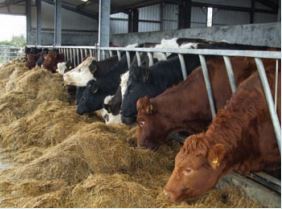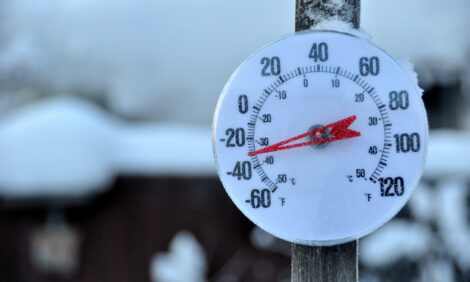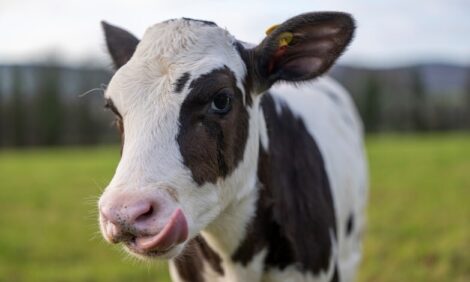



Watch Out: Over a Third of Silage is Wasted From the Sward
Potentially over a third, and at least 15 per cent, of silage grown never reaches the cow.Irish researchers at the Agriculture and Food Development Authority (TEAGASC) warn that losses can both be in quality and quantity.
They say between 150 and 300 kilos of silage does not make it into the animal's mouth for every 1,000kg grass DM in a silage sward.
Furthermore, the digestibility of ingested silage can be 0-7 per cent units below the digestibility of the silage sward, writes the Teagasc team in its March beef newsletter.

These losses occur in the field (leaf shatter, respiration, leaching by rain, soil contamination, incomplete pick-up, etc.), at the silo (respiration during silo filling or feed out, effluent, inefficient fermentation, etc.) and in the feed trough (respiration, spillage, etc.).
Some of these losses are unavoidable but others can be greatly reduced or prevented. For example, Table 1 shows the losses that can occur on a sward yielding 6,000kg DM per hectare. The yield loss difference between 16 per cent and 30 per cent DM loss results in over 80 fewer animal feed days/ha.
The digestibility loss difference of 0 per cent vs 4 per cent units digestibility requires over 1kg concentrate/animal daily to undo. Thus, DM losses of 16 per cent, 23 per cent and 30 per cent (plus digestibility loss) result in costs of €207, €230 and €263, respectively, to provide cattle with feed energy as silage.
These values demonstrate the importance of management practices that reduce losses during silage production and feed out. They include efficient mowing, conditioning and pick-up, effective wilting during good drying weather, fast filling and perfect sealing of the silo, ensuring good fermentation and relatively little effluent, fast and tidy feed out, and sensible feed provision and waste removal at the feed trough.



